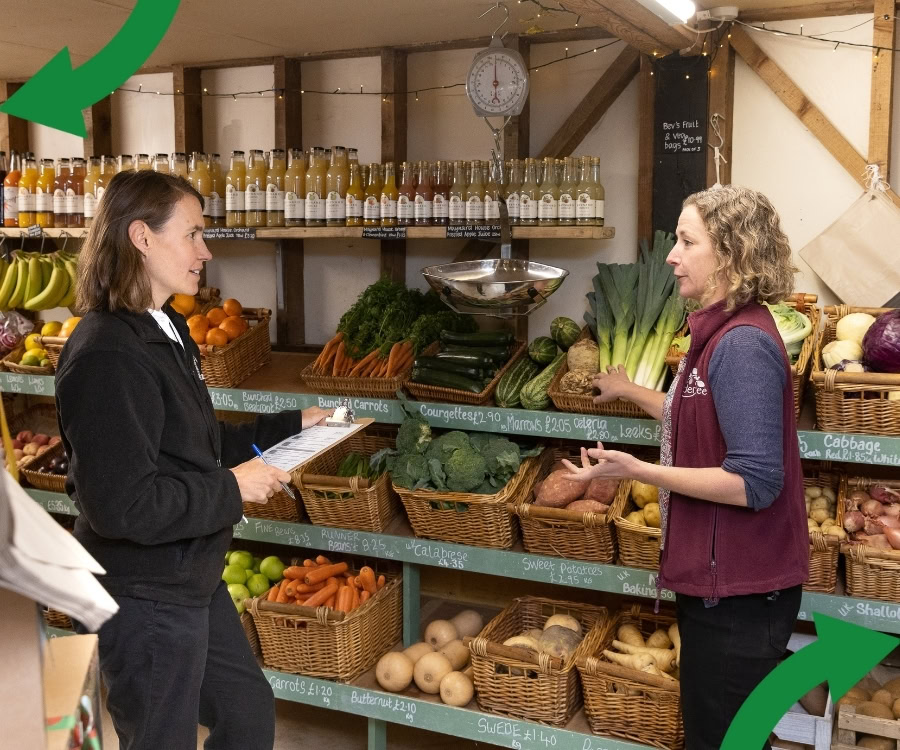For many organisations, Scope 3 emissions (indirect emissions that occur across the value chain) make up the largest share of their carbon footprint. A significant portion of these emissions come from purchased goods and services, making supplier engagement a critical part of any credible net-zero strategy.
But because these emissions lie outside direct operational control, addressing them can be complex. The key is to treat suppliers as partners in climate action, providing support and incentives that help reduce emissions at the source.
Why Supplier Engagement is Essential
Suppliers play a pivotal role in shaping an organisation’s environmental impact. Every product purchased or service contracted carries a degree of embedded carbon, from raw material extraction through manufacturing and delivery. Without supplier collaboration, even the most ambitious climate commitments risk falling short.
Engaging suppliers effectively allows organisations to:
- Improve visibility into their Scope 3 emissions (and move beyond spend-based carbon calculations).
- Encourage more sustainable production methods.
- Foster long-term relationships based on shared climate goals.
- Unlock innovation and carbon savings across the supply chain.

Practical Steps to Engage Suppliers on Emissions and reduce Scope 3 Emissions
1. Identify your key suppliers
Whilst your long-term aim should be to reduce emissions from ALL suppliers, don’t try and run before you can walk! It may be best to identify your priority suppliers – either by spend or by environmental impacts – and focus on working with them first. That way you will be able to learn what works best for your organisation (and theirs) and then roll this out across your supply chain.
2. Use Targeted Supplier Questionnaires
Customised sustainability questionnaires can help collect information on supplier practices, energy use, materials sourcing, and emissions data. This enables organisations to identify carbon hotspots and prioritise action where it’s most impactful.
3. Provide Tools and Training
Many suppliers, particularly small and medium-sized businesses, may not have the tools or expertise to measure their carbon footprint. Offering simple calculation tools, training sessions, and guidance can help them get started and build internal capacity for carbon management.

4. Build Collaborative Networks
Encourage suppliers to connect with local sustainability networks or industry-led initiatives. Peer learning and access to shared resources can help them improve their practices and reduce emissions more effectively.
5. Embed Sustainability into Procurement
Sustainability should be a core component of supplier selection and evaluation – so make sure you have a clear sustainable procurement policy which outlines your organisation’s requirements. This can also include integrating emissions data into tender processes, using carbon performance as a KPI, or rewarding suppliers that demonstrate progress on climate goals.
6. Focus on Long-Term Relationships
A collaborative, long-term approach helps shift the dynamic from compliance to partnership. Working together on product redesigns, materials substitution, or process improvements can lead to shared value and significant emissions reductions over time.
Reducing supply chain emissions is both a challenge and an opportunity. Businesses that take the lead in this area can expect to build supply chain resilience and use their influence to drive wider emissions reductions.
If you need support, fill out our enquiry form and our Sustainability Consultants will be in touch to discuss how we can support you with Scope 3 emissions.

Blog written by:
Amy Coulter, Sustainable Business Services Manager

